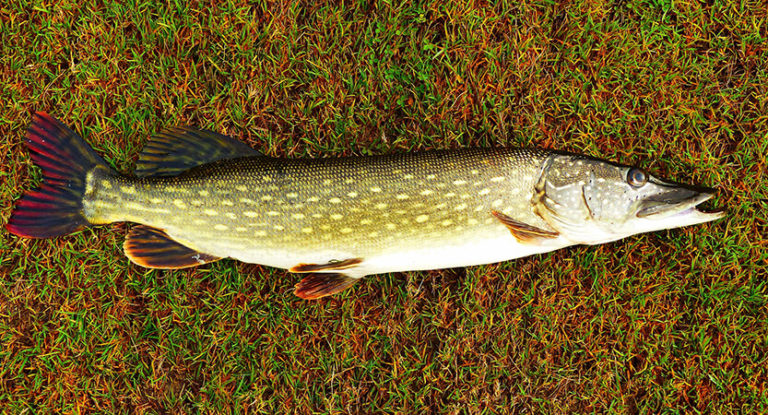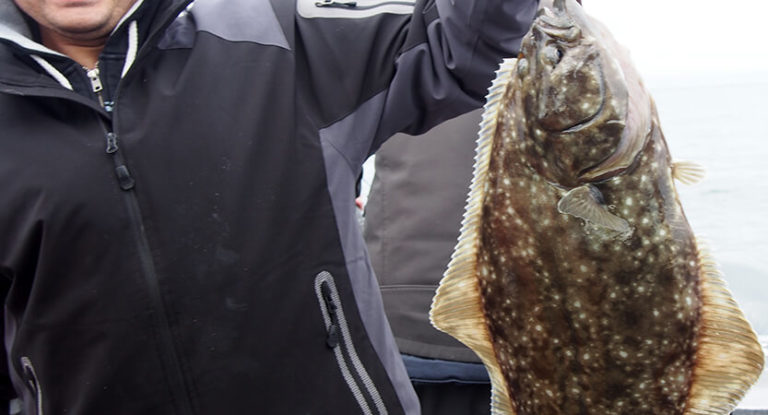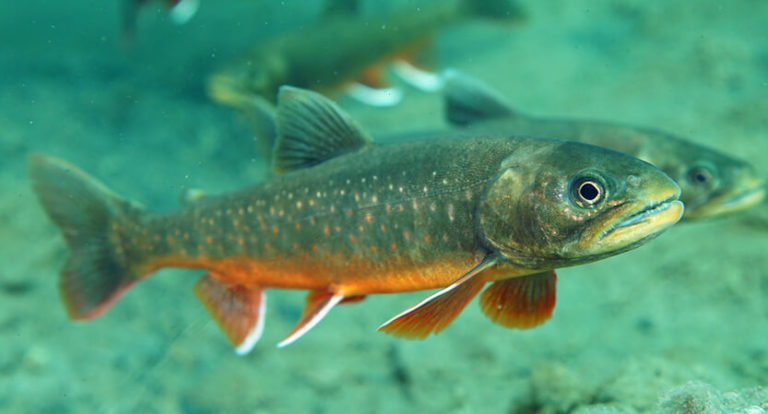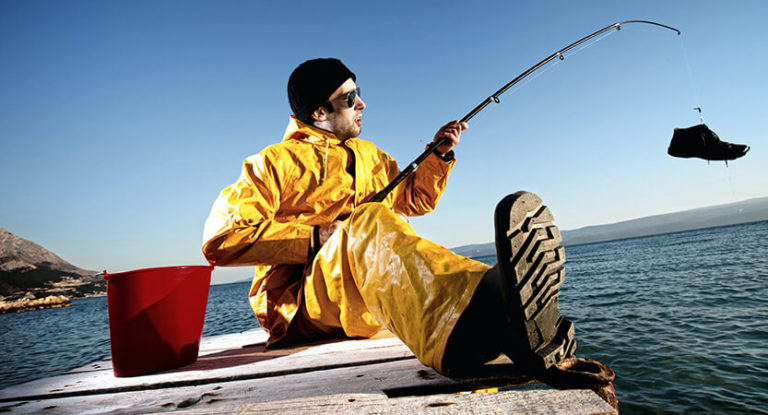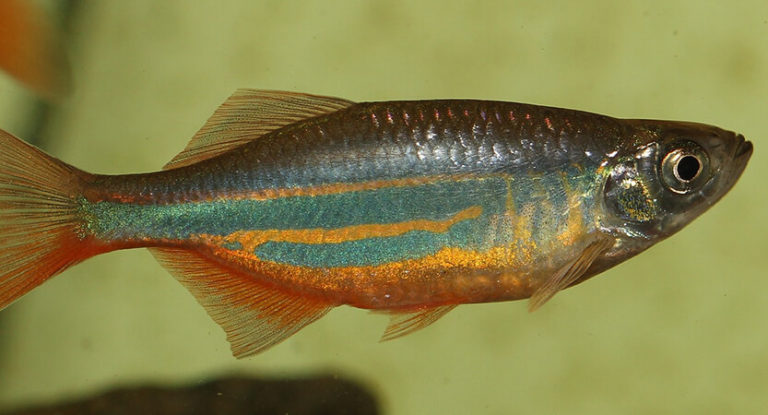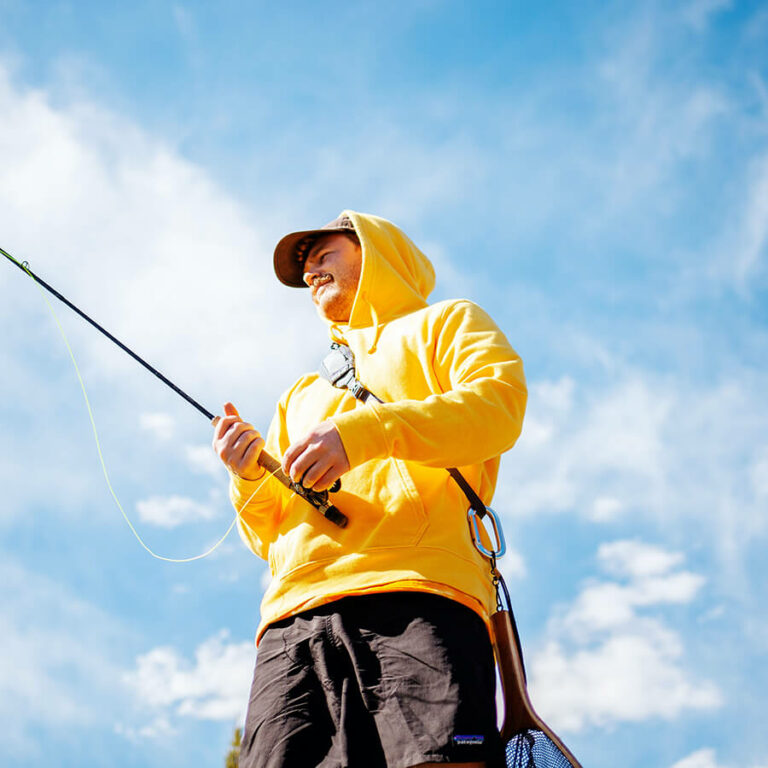Haddock refers to a large family of cod fish. This species lives in the cold waters of the Atlantic and the Arctic Ocean. It is kept in the bottom layers with a high level of salinity. Enough mass view, having commercial value.
Here is an overview of the content of this tutorial, feel free to jump to any section you care about:
For more fishing instructions, take a look at these popular Trizily links: Gudgeon Fishing, Peacock Bass Fishing.
- The 9 best fishing lines 2022
- The 7 best fishing sunglasses 2022
- The 7 best spinning rods 2022
- The 9 best lures for bass fishing 2022
Haddock Fishing
Overview of haddock
The fish has a lumpy body, high and compressed laterally. A distinctive feature is the presence of a dark spot on the sides of the fish. The first dorsal fin is significantly higher than all the others. The mouth is lower, the upper jaw protrudes slightly forward. In general, haddock is quite similar to other cod fish. The size of the fish can reach 19 kg and a length of more than 1 m, but most individuals in the catch are about 2-3 kg. Flock of bottom fish usually lives at depths of up to 200 m, but can fall to 1000 m, although this is rare.
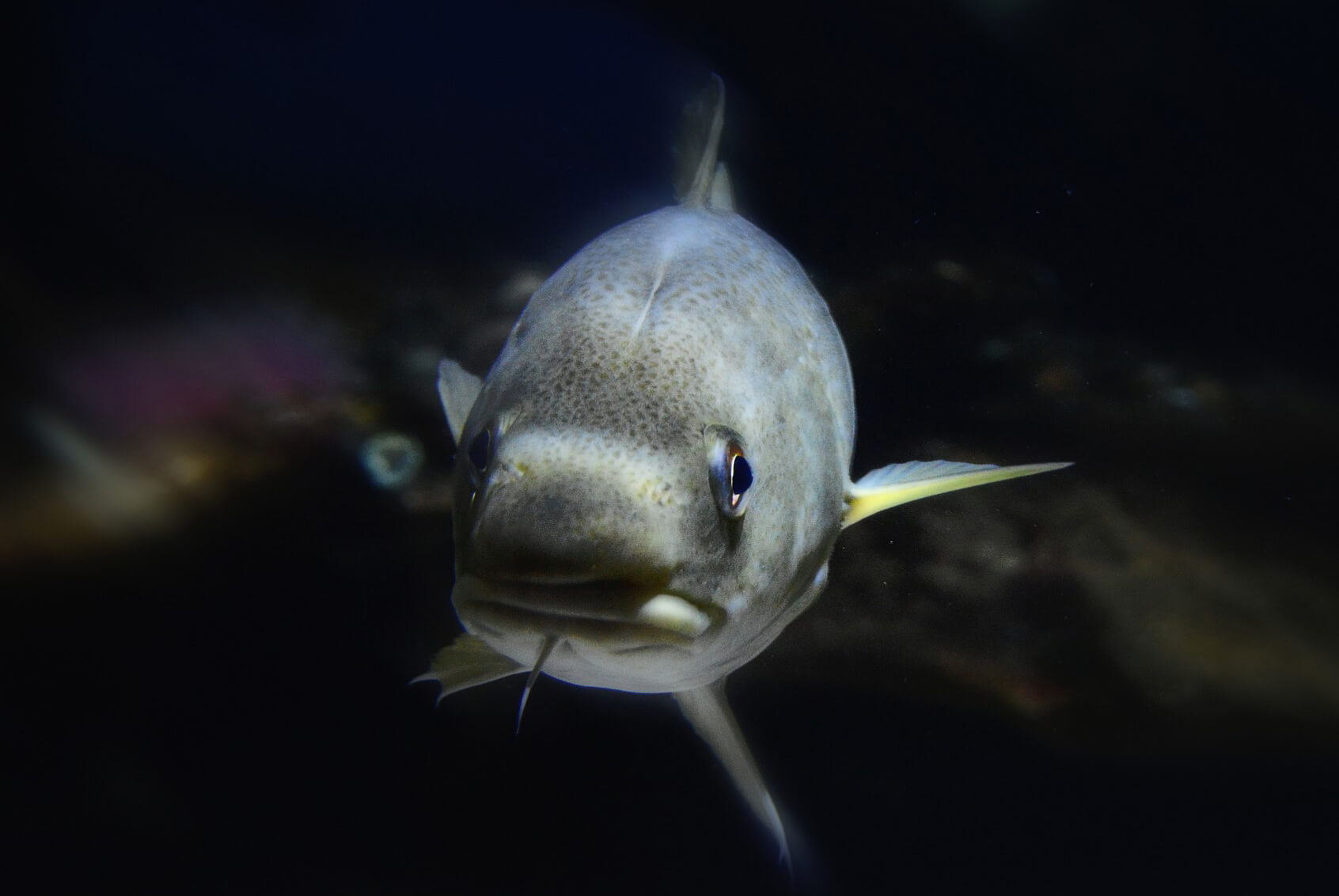
Characteristics of haddock
Fish are poorly adapted for life at great depths and do not often leave the coastal zone. It is worth noting here that the seas in which this fish lives are deep-sea and, as a rule, with a sharp difference in depths in the coastal zone (littoral). Young fish live in relative shallow water (up to 100m) and often occupy higher layers of water. When choosing food, fish prefer worms, echinoderms, mollusks and invertebrates.
Reproduction habit of haddock
Maturity occurs in 2-3 years. Maturation rate depends on the habitat, for example, in the North Sea, fish ripen faster than in the Barents – a marginal sea of the Arctic Ocean, located off the northern coasts of Norway. It is known that haddock migration is typical for haddock, i.e. different territorial groups are characterized by movements to certain areas. For example, fish from the Barents Sea migrate to the Norwegian. At the same time, the movement of the flock begins 5-6 months before spawning. Haddock caviar is pelargic, after fertilization is carried by currents. Larvae, like fry, live in the water column feeding on plankton.
Haddock fishing guide: Techniques, bait and gear
Haddock fishing techniques
The main gear for fishing for haddock are a variety of equipment for vertical fishing. In general, fish are caught along with other cods. Given the habitat of haddock (near-bottom habitat near the coastline), they don’t go into the sea, they fish for various multi-hook tackle and vertical lightness. Various equipment using natural baits can be considered catching tackles.
Spinning for haddock
The most successful way of fishing for haddock is sheer flashing. Fishing takes place from boats and boats of various classes. As with other cod fishing, anglers use marine spinning gear to fish haddock. For all gears in spinning fishing for sea fish, as in the case of trolling, the main requirement is reliability. Reels should be with an impressive supply of fishing line or cord. In addition to a trouble-free brake system, the coil must be protected against salt water. Spinning fishing from a boat may differ in lure feeding principles.
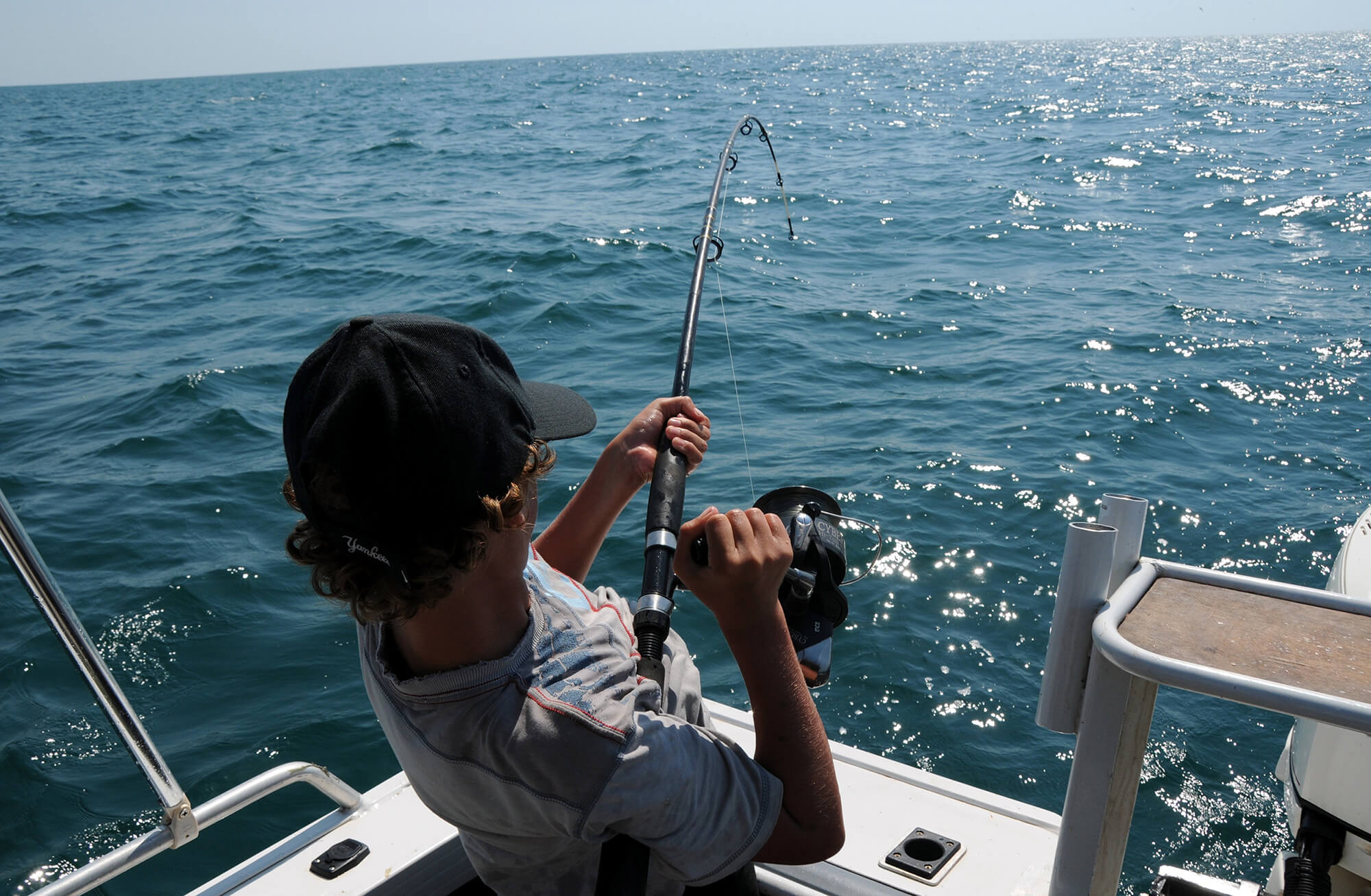
In many cases, fishing can take place at great depths, which means that there is a need for prolonged exhaustion of forests, which requires certain physical efforts on the part of the fisherman and increased requirements for the strength of gear and reels, in particular. According to the principle of action of the reel can be both multiplier and inertia-free. Accordingly, the rods are selected depending on the reel system. When fishing for spinning marine fish, the fishing technique is very important. In order to select the correct wiring, consult with experienced local fishermen or guides. Large individuals are not often found, but the fish have to be raised from great depths, which creates significant physical stress when fishing prey.
Haddock fishing bait
As already mentioned, fish can be caught on baits used in fishing for all codfish. Including sliced fish and shellfish. Experienced anglers say that haddock responds better to shellfish meat, but fish cuts better on the hook. When fishing at great depths, this is quite important. When fishing on artificial baits, various pilkers, silicone snap-ins and others are used. It is possible to use combined options.
Where to catch haddock
The highest concentration of haddock is observed in the southern parts of the North and Barents Seas, as well as in the Newfoundland Bank and in Iceland. As already mentioned, fish are found in the boreal zone of the continents and near islands in the lower layers, where there is increased salinity of the water. In desalinated bays and seas, practically does not enter.

